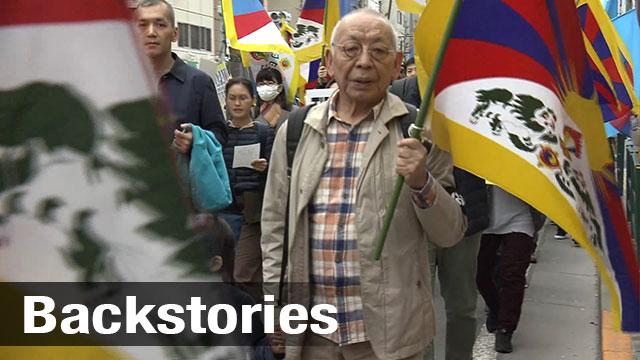A Tibetan boy in Japan
The Tibetan Plateau, one of the highest and largest in the world, stretches across inland China. It has been home to the Tibetan people, with their own language, culture, and form of Buddhism, over a thousand years.
In 1959, the Tibetans rebelled against China's harsh rule. But the movement was met with an iron fist.
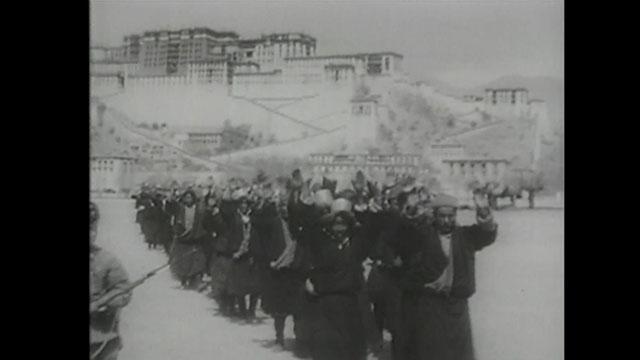

The 14th Dalai Lama, revered as the supreme leader of Tibetan Buddhism, was among the many who fled to India following the uprising.
9-year-old Tsuwan Nishikura was also in their number. He was born as Tsewang Yougel in what is now the Tibet Autonomous Region of China.
He crossed the Himalayas with his parents, and traveled through Nepal into India, where they sought asylum in 1962.
They stayed at a refugee camp and lived in poverty. Nishikura says two families were crammed into a room about 10 square meters in size.

But he was handed a new opportunity at age 13. A Japanese doctor in Saitama Prefecture, north of Tokyo, learned of the hardships faced by Tibetan refugees and offered to accept children to study in Japan. Nishikura was selected for the first group.
After arriving in the country, he studied Japanese and after four months, he enrolled in a junior high school in the town of Moroyama.
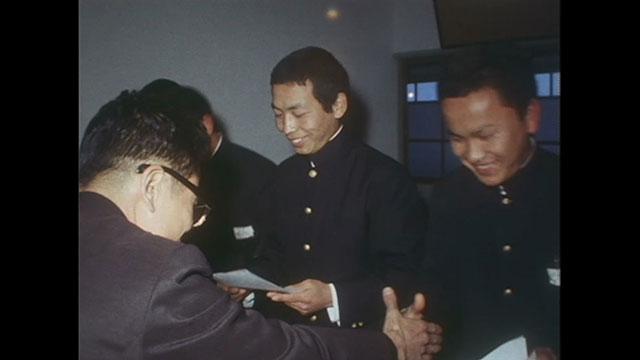
He lived in a boarding house and studied hard, while his parents remained in India. He went to university and eventually earned a doctor's license.
Nishikura now serves as director of a hospital in Hidaka City in Saitama, playing a key role in caring for the aging local community.
Why 'Nishikura'
After more than 50 years in Japan, Nishikura has adapted completely to Japanese society. But he says he never forgets Tibet.
He says he remembers the star-studded skies he looked up at every night, and the beautiful rivers with clear water.

When he acquired Japanese nationality in 1987, he chose the surname, Nishikura. The Chinese characters also mean Tibet.
He says even though he is now a Japanese national, he remains Tibetan.
"I hope my children and grandchildren, not just myself, do not forget our roots in Tibet. That's why I chose Nishikura."

His home has a Buddhist altar room surrounded by Tibetan Buddhist paintings. He prays before the photo of the Dalai Lama every morning.
The Dalai Lama is believed to be an incarnation of the Bodhisattva of Compassion. He is a spiritual pillar for the deeply religious Tibetans.
Nishikura says he hopes the Dalai Lama can return to Tibet someday. If that happens, he says he will also return. He says he will build a hospital and use the medical expertise he learned in Japan to help his people.
Impossible to live in China
Tibetans who live in China reportedly continue to face government persecution.
In 2008, the region saw massive protests and riots. Since then, the Chinese government is said to have further tightened its grip. Many Tibetans self-immolated in protest.
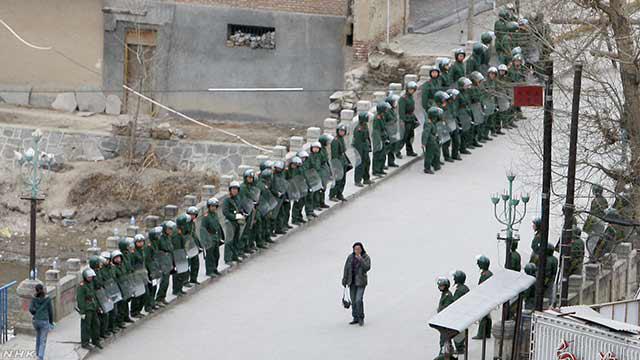
An international human rights group issued a report on the situation earlier this year.
It says authorities continue to severely restrict religious freedom, speech, movement, and assembly in Tibet. It also says surveillance of online and phone communications have been intensified, and increased political education has been reported at monasteries and schools.
The Chinese government stresses that it is focused on tackling poverty and promoting the region's economic development. It says there is sufficient respect for the freedom of religion.
Beijing sees the Dalai Lama as a separatist and refuses to engage in dialogue.
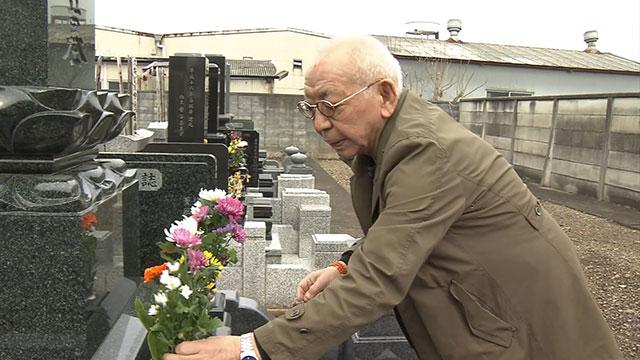
The Saitama doctor supported 21 young Tibetans, including Nishikura, to come to Japan between 1965 and 1970.
They were all born in Tibet and hope to return someday. But three have died from illness.
Nishikura says he has started to feel a bit impatient as time passes, but doesn't think they can go back just yet.
He says religion is the foundation of all aspects of Tibetan life. He says it would be difficult to return if they are unable to practice freely.
"Under current Chinese policy, it is impossible for us to live," he says. "Not materially, but spiritually."
Tibetan identity
Nishikura says he is worried about the fading sense of Tibetan identity among the young.
About 100 Tibetans are said to be living in Japan. Many were born to parents living in exile and have never been to Tibet.
They get together for New Year celebrations in Tokyo or to meet the Dalai Lama during his visits. But they have little opportunity to speak the Tibetan language or be exposed to Tibetan culture in their daily lives.
Some have started holding classes to teach children the language and traditional songs.
Hope persists

On March 10, rallies and demonstrations were held around the world to mark 60 years since the uprising.
About 150 people took part in a march in Tokyo. Nishikura was among them and took his grandchild, who is in elementary school.
He says he hopes the younger generations don't lose their love and yearning for Tibet.
After the demonstration, the group gathered and sang together.
It was a song that has a long history for exiled Tibetans. The lyrics are about wishing for peace across the world, and praying for victory in the battle against darkness. It reveals the strong Buddhist influence in their culture.
Nishikura says the words seem to speak on his behalf.
"I haven't given up on Tibet," he says. "I haven't given up hope."
